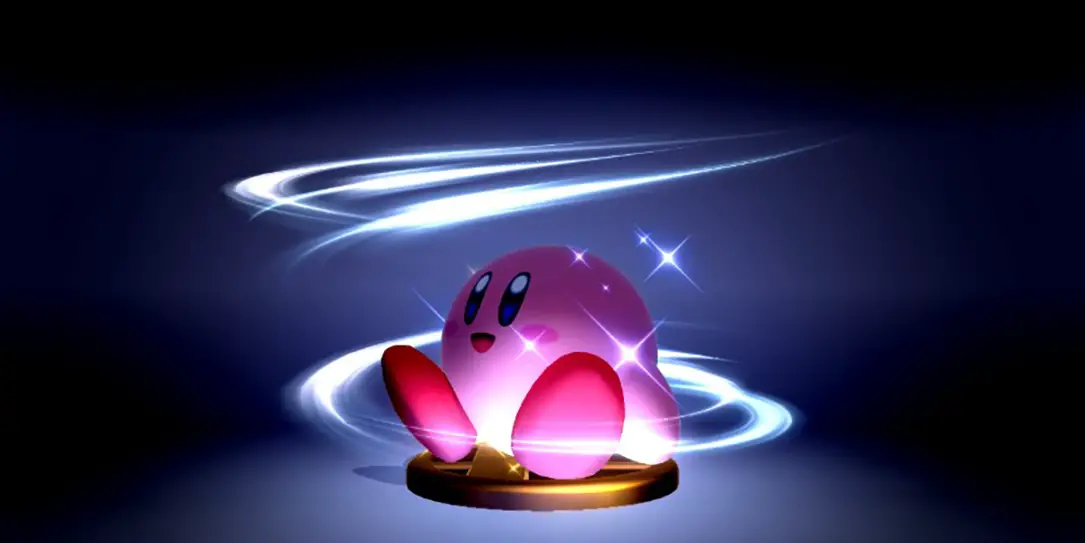Now that Super Smash Bros. Wii U has been out for well over a week, it’s time to start diving into some of the deeper features it has to offer; the amiibo being one of many. A tiny figurine embedded with an RIFD device at the base, players are able to interact with these figurines as they represent themselves virtually in-game. This amiibo guide will teach you how to effectively train these in-game fighters to get the most out of their abilities.
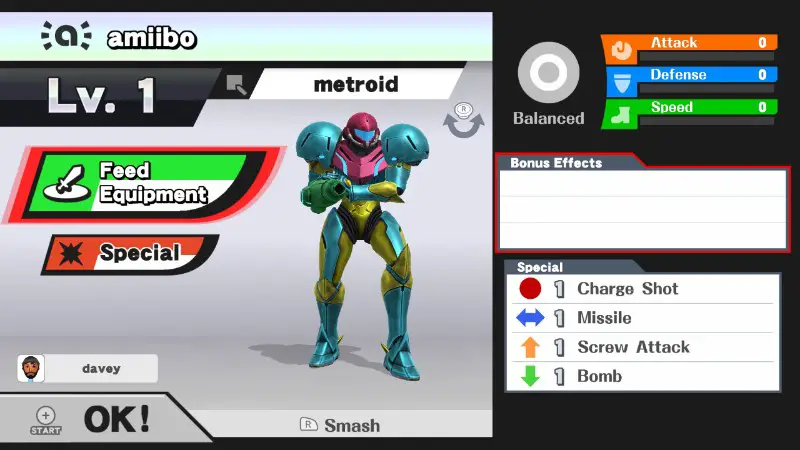
The amiibo for Smash Bros. Wii U can hit a level capacity of 50. This offers plenty of time to mold and train them to be the kind of fighter they need to be when mopping up the competition. The easiest way to organize skill-building for the amiibo is to section off training styles, focusing on building their skills on a level-by-level basis. By doing that you can focus on teaching solutions to specific problems any Smash Bros. player would typically face while brawling.
1-10: Fighting Fundamentals
With a clean slate for the amiibo, the best way to approach the beginning of training is by treating it as if it were a player who is brand new to the game: immediately throw it against the highest level CPU. Okay, maybe that’s not the best for, say, a younger sibling or a friend new to Smash Bros.; but this is an amiibo, and you don’t have to listen to an amiibo cry as you 4-stock them. Pitting them against a Level 9 CPU is the best way to help them begin to use their moves at a competitive speed, and will lay down a solid foundation for them to learn combos, counter, and keep up with higher caliber opponents.
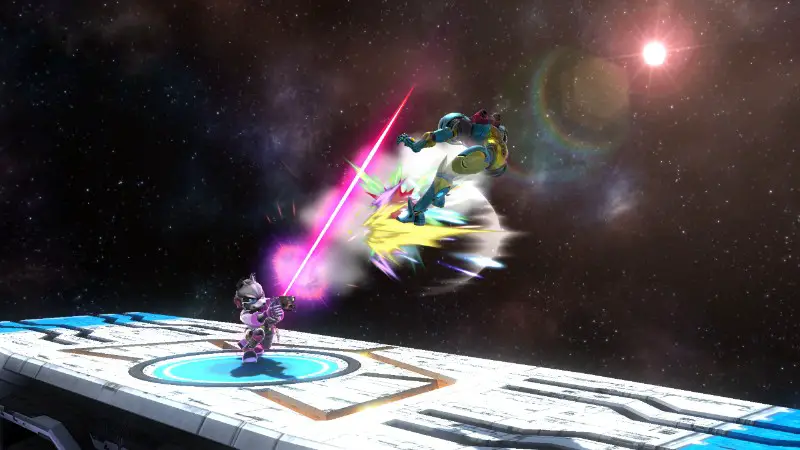
It’s important to know that the player is able to influence the moves that the amiibo learns and applies, and the results of specific training will vary from person to person. Don’t be afraid to reset the amiibo in its early stages in order to wipe stubborn habits. It’s the player’s responsibility to avoid this from happening. Putting them against a standard well-rounded fighter like Fox or Link will give them a good start in learning the game’s combat fundamentals.
10-20: Mirror Matching
Now that the amiibo has learned the basics, it’s time to see how well they would do against an actual Player. This is the time to absolutely destroy the amiibo’s spirit, and it should be done with the amiibo’s character. If it’s a Kirby amiibo, only play as Kirby. If it’s Link, only use Link. Also, refuse to play against the amiibo with any type of sportsmanship in mind. Carve them into a fighter that nobody wants to play against.
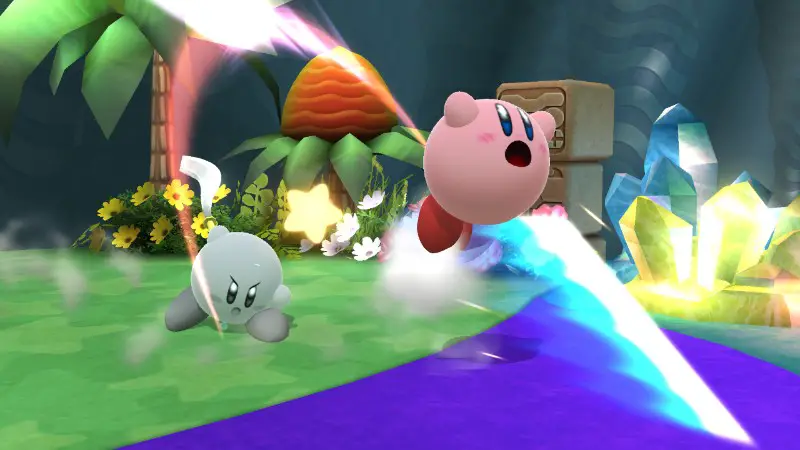
This is also where the amiibo can tend to pick up poor techniques like move-spamming, using moves at the wrong time, or even disgusting habits like giving the opponent mercy. Teach the amiibo how the character is supposed to be played. A helpful tip that can be applied to any section of their training is to play with a low launch rate. This way the Player can accurately teach the Amiibo the best combos in quick succession without having to chase their flailing body across the map.
20-30: Destructive Diversity
This is where the amiibo should learn to face a variety of enemies. Make sure they’re seeing every type of player that Smash Bros. has to offer. Throughout these levels the character the Player is strongest with should be used against the amiibo, and the amiibo should be obliterated. Really emphasize on giving the least comfortable life for the amiibo as possible, it needs to suffer if it’s going to excel later.
Tips to help better teach
- Train with settings on half speed to accurately apply the best combos that character has to offer, especially if the amiibo’s character is being used against them (e.g. Fox combos vs. the Fox amiibo.)
- Play with a high damage handicap on the character that is being used against them. This will encourage the amiibo to be more aggressive and capitalize on their character’s KO opportunities.
- Alternatively, playing with a high damage handicap on the amiibo will teach them to be more passive and conservative.
- Be careful when stopping a fight, as it will prevent all learned data and levels gained from the fight to be dismissed.
Throwing fighters that are good at keeping their distance, like Villager, will help the amiibo adapt to situations where a dangerous space is being created between the two. Fighters like Jigglypuff will help the amiibo learn to fight characters that keep things in the air. Mix things up with strong ground-fighters like Little Mac to learn to fight against jabs, and grab-heavy opponents like Donkey Kong.
IMPORTANT: Throughout training the amiibo pay attention to how they’re winning, and more importantly how they’re losing. If you see them spamming ineffective moves against CPU, hop in a match with them afterwards to help them “unlearn” bad habits. If they’re not using certain abilities that they need to be using often; pick their character and use that move against them an obnoxious amount.
30-50: An Invincible Veteran
Continue to apply the training used from levels 20-30. By the time they’re hitting the high 30’s they should be taking out Level 9 CPU’s with ease (and hopefully even the player.) If they’re struggling with using certain techniques, play against them and beat them repetitively with the methods they aren’t using.
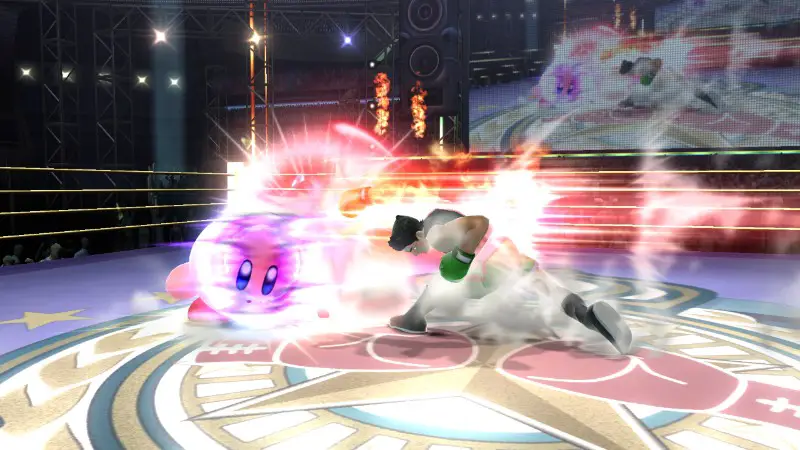
The struggles an amiibo can face are subtle at times but change how effective the amiibo functions, much like a player would. If they’re not taking advantage of items on the map use items against them to KO them, but not too much to give them favor towards items instead of fighting technique. Teach them how to engage certain characters based on their range, to grab when opponents are shielded, and which grabs/tilts of theirs are best at certain damage percentages.
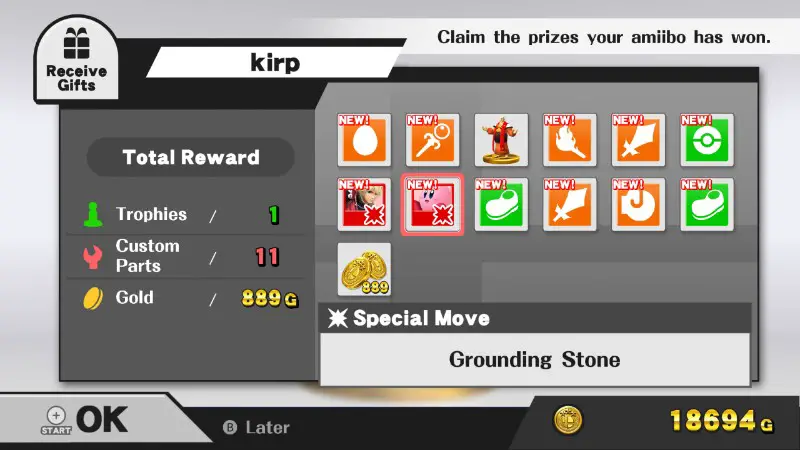
Lastly, remember to love and care for the amiibo and remind it who gave it a home. Because once they reach the level 50 cap they’re going to utterly destroy their master. amiibo hit much harder than the player, and even if there isn’t equipment being dumped down their gullet during training, by the time they hit level 50 their stats will be much higher than that of the player.
By then hopefully the amiibo has learned all of the best moves the character has to offer. amiibo will continue to learn even after hitting their max level, and will continue to adapt and overcome whatever is thrown at it. Continue teaching it new and more effective combos and don’t forget to take advantage of the in-game prizes it collects – and finally, when it is taken to a friends house or competition it will be unleashed on the population, and they will suffer at the end of all your hard work.
Last Updated on November 27, 2018.

